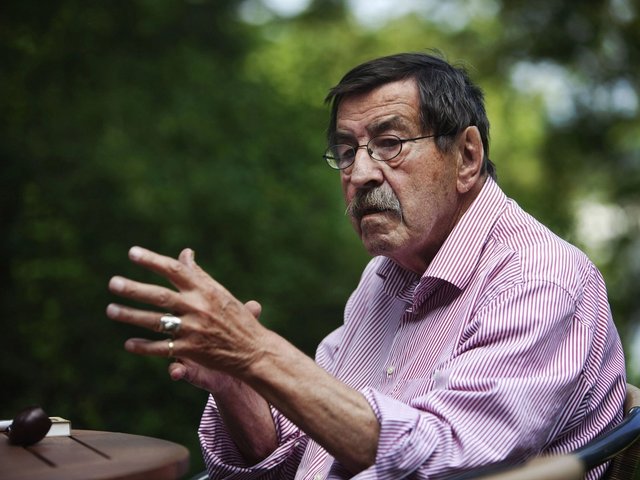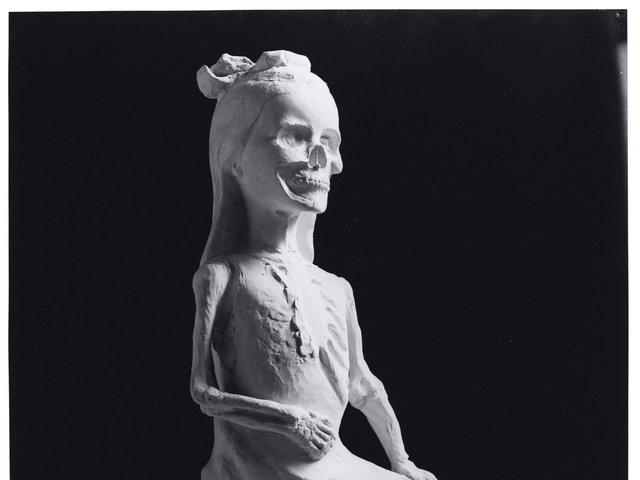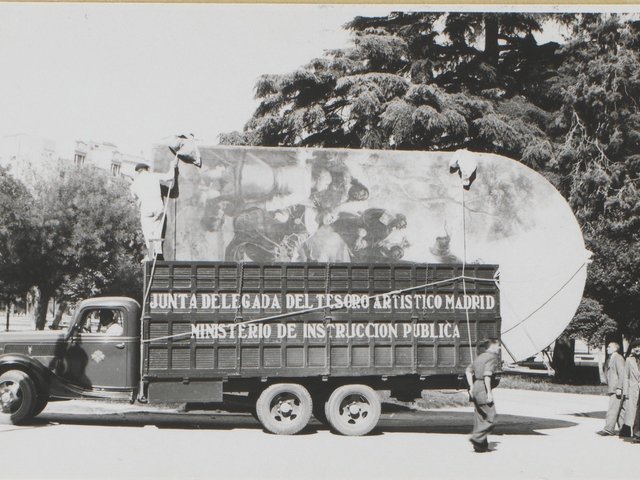Sandy Calder’s mercury fountain, along with Picasso’s Guernica, were unveiled in Paris in 1937. Getting both of the works installed on time in the Spanish Republic’s Modernist pavilion in the Paris International Expo in 1937 was a close-run thing. The architects realised at the last minute that a steel column was in the way of Picasso’s great mural, which he painted for the expo as a protest to the bombing of the Basque town by the German airforce, which Hitler sent to aid Franco’s Nationalist forces. The I-beam was cut away at the eleventh hour, and fortunately the exhibition hall above did not sag. The catalogue to Art Revolutionaries, organised by Barcelona’s Galerie Mayoral which opens in London’s Duke Street this week (until 10 February) tells the story of the pavilion. It recounts how the vital ingredient of Calder’s mobile only arrived from the beseiged mercury mine in Spain the day the pavilion opened. “When a large flat truck finally drove up with a great many little cylinders… I gave three cheers,” Calder recalled. Modestly, he attributed the fountain’s success mainly to the “curious quality” of the mercury in motion. “The density induced people to throw coins upon its surface,” he wrote. The mobile proved a quite a moneyspinner, raking in 300 francs a day, which the artist donated to children in Spain suffering during the ongoing Civil War.





